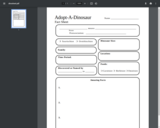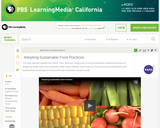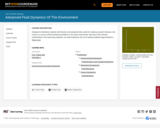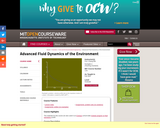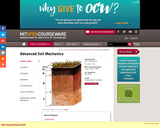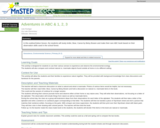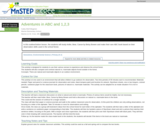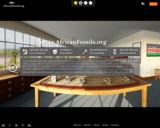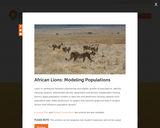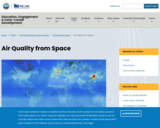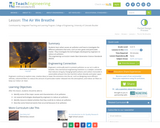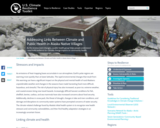
As emissions of heat-trapping bases accumulate in our atmosphere, Earth's polar regions are warming more quickly than at lower latitudes. The rapid environmental changes that result from this warming can have a significant impact on the physical and mental health of rural Alaskans: unpredictable weather and changes in the seasons have made harvesting food more difficult, hazardous, and stressful. The risk of physical injury has also increased, as poor ice, extreme weather, and coastal erosion bring new travel hazards. Increasingly difficult harvest conditions for fish, shellfish, berries, caribou, and sea mammals have also increased concerns about food security. Additionally, declines in snow pack, the threat of drought, changes in lake and river conditions, and damage and disruptions to community water systems have prompted concerns of water security. The climate-related challenge faced by Alaskas tribal health system is to recognize new health stressors and community vulnerabilities, and then find healthy adaptation strategies in an increasingly uncertain future.
- Subject:
- Environmental Science
- Life Science
- Material Type:
- Case Study
- Provider:
- National Oceanic and Atmospheric Administration
- Provider Set:
- U.S. Climate Resilience Toolkit
- Date Added:
- 08/09/2016
